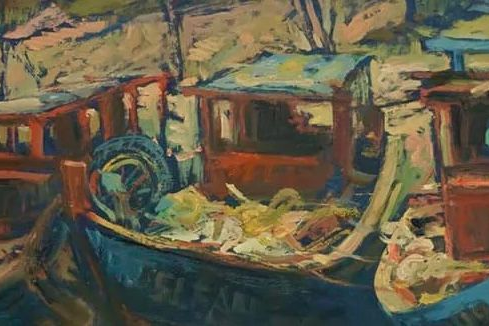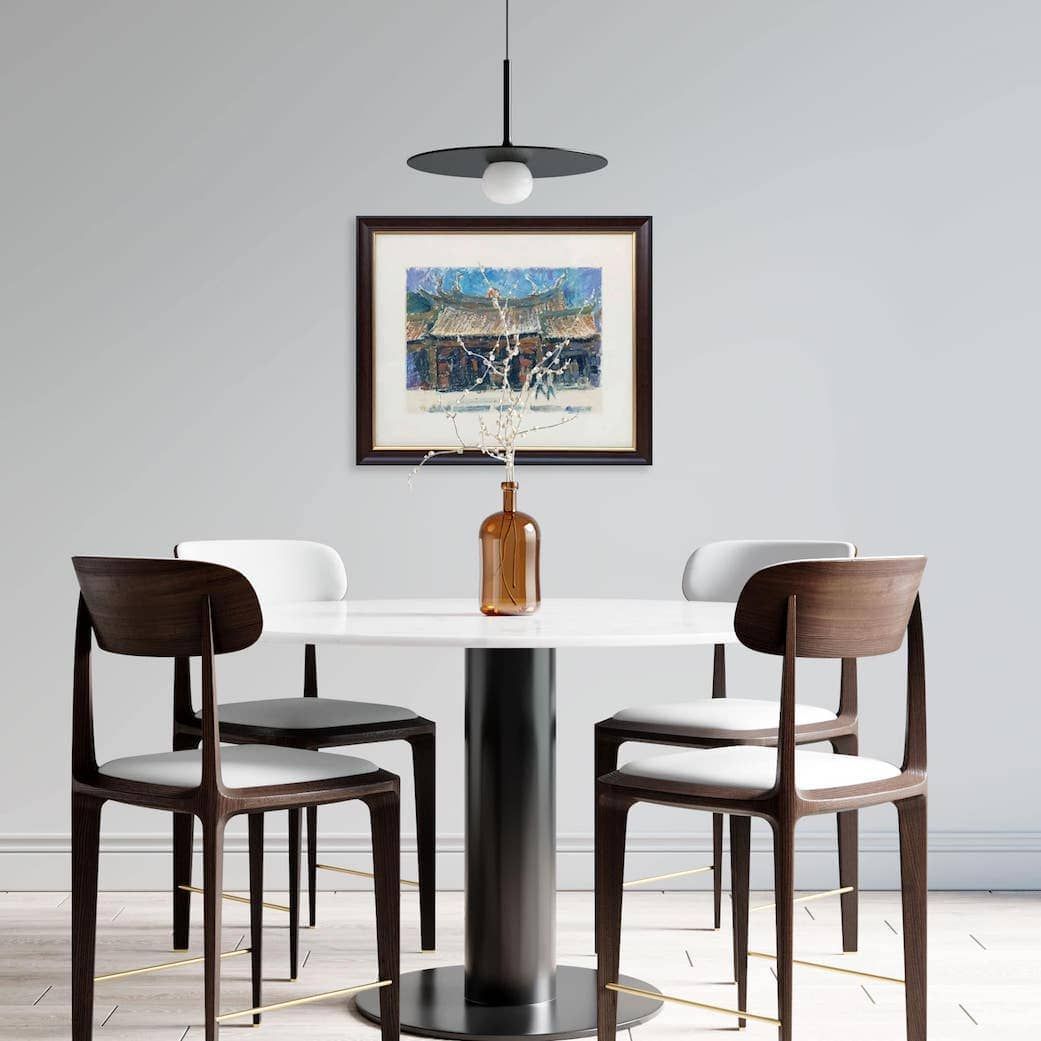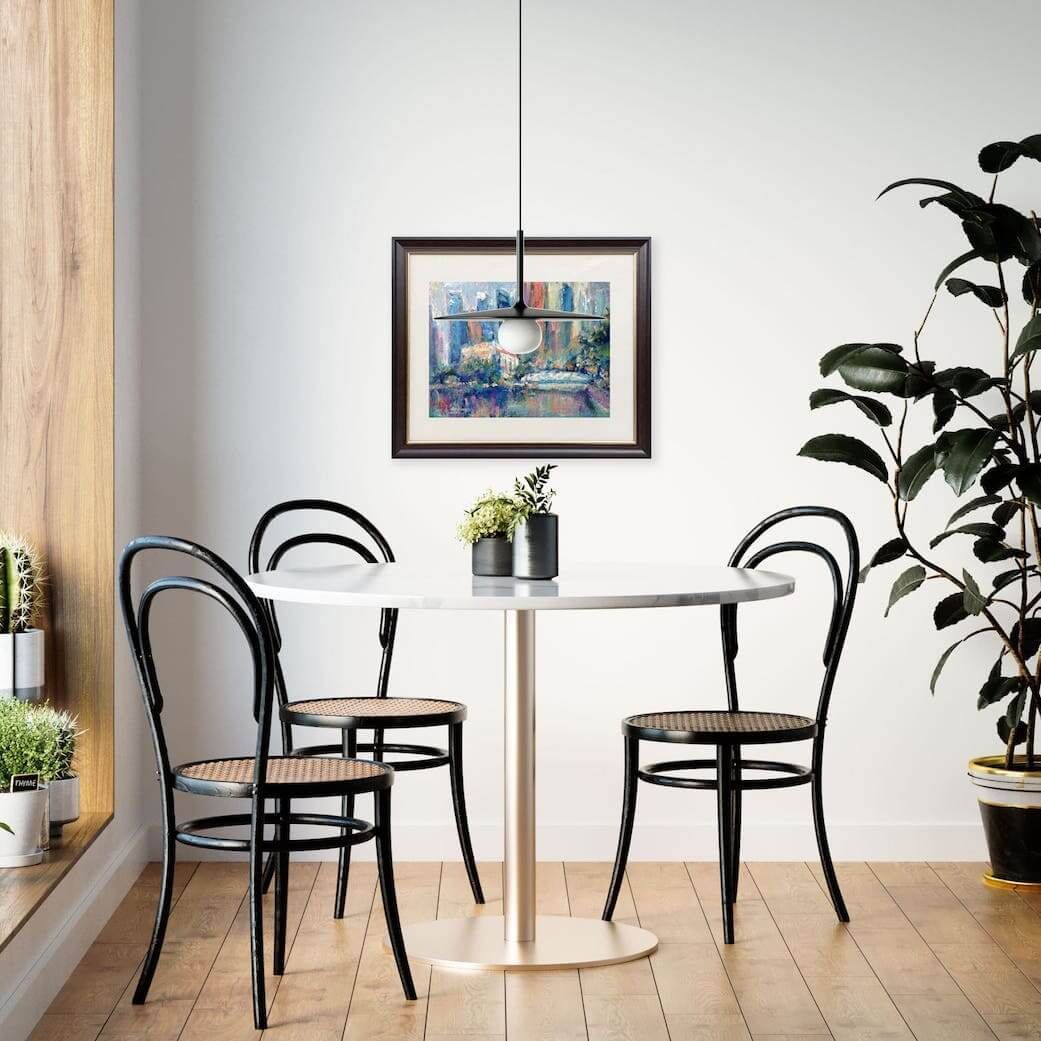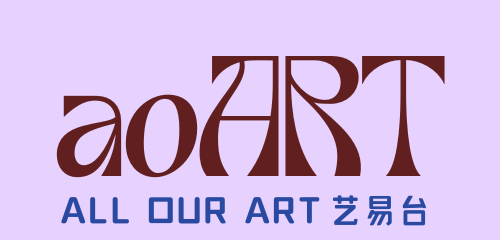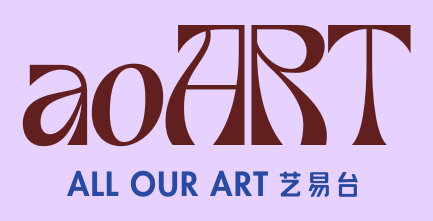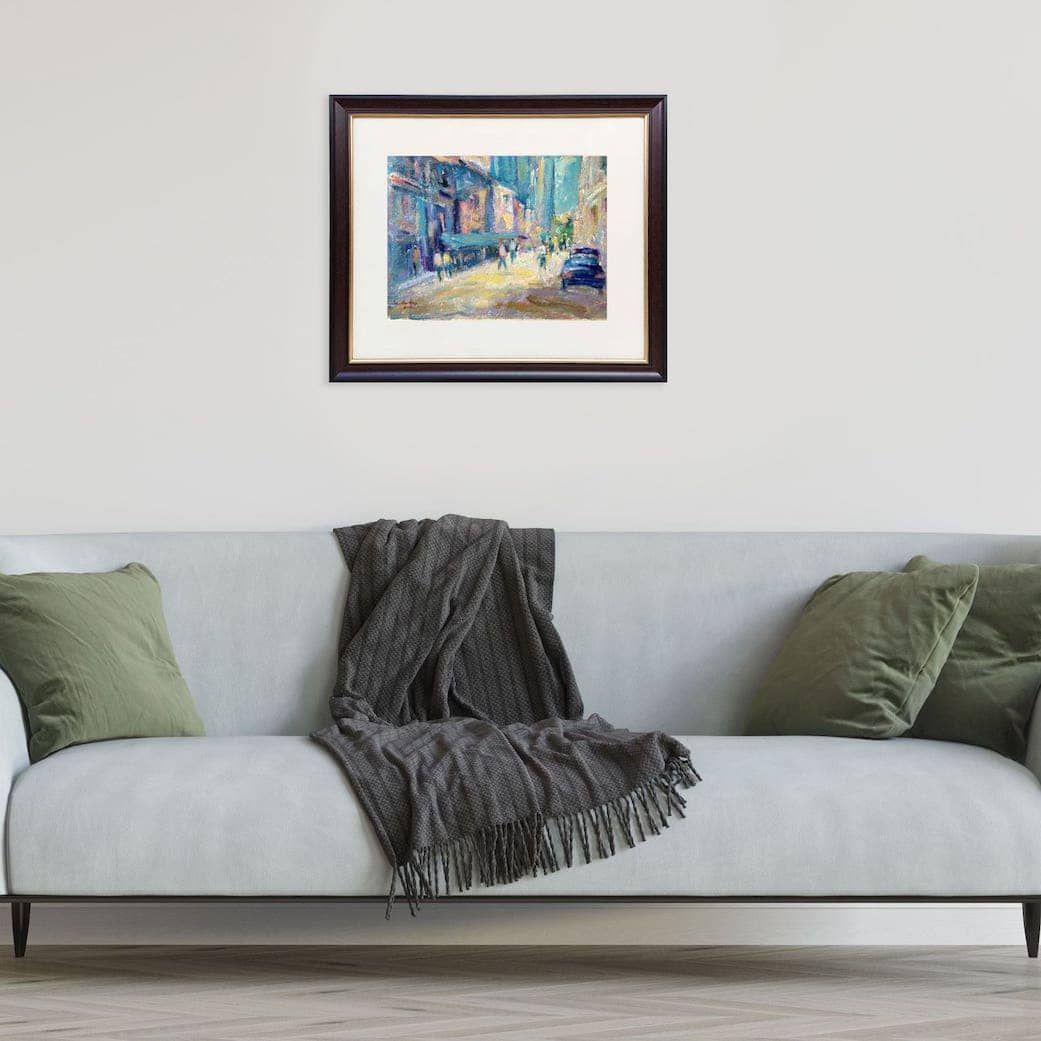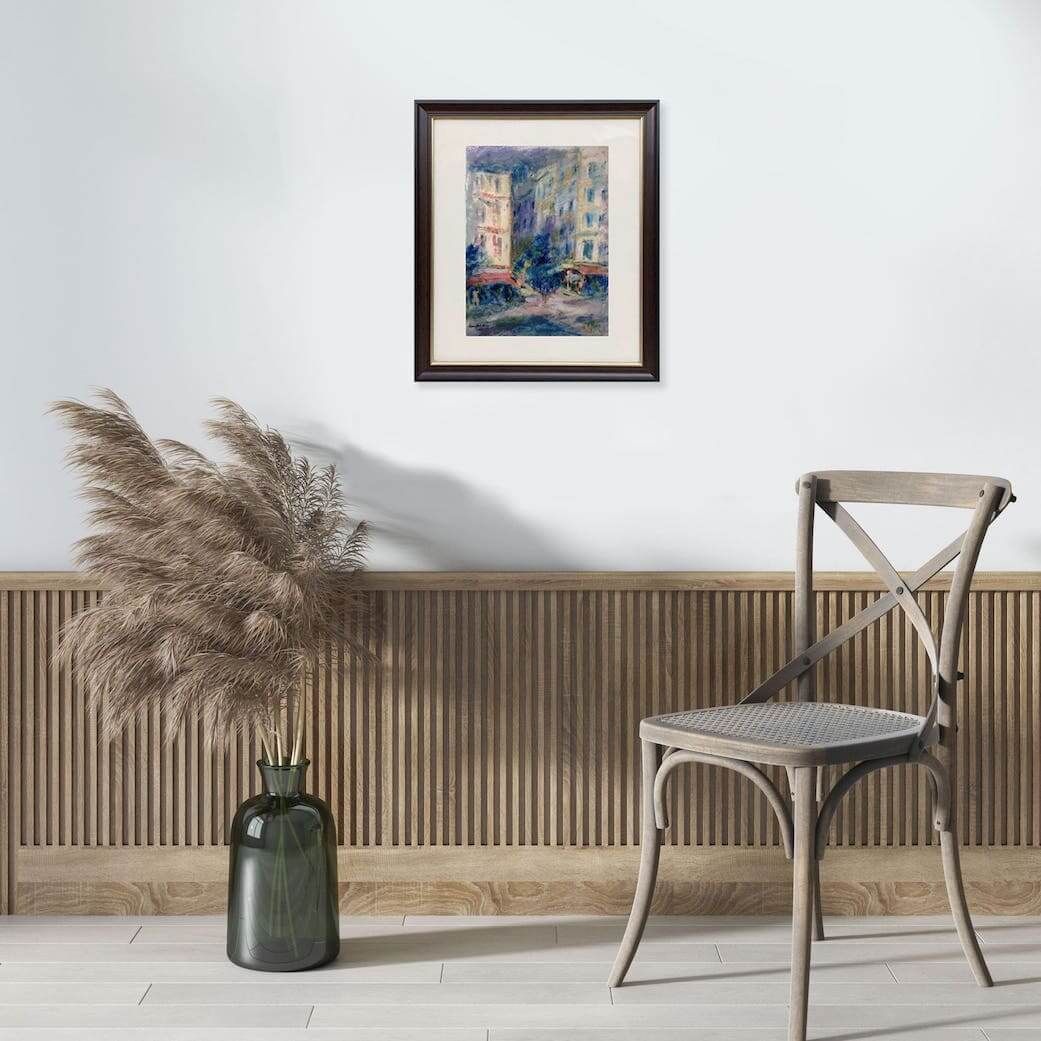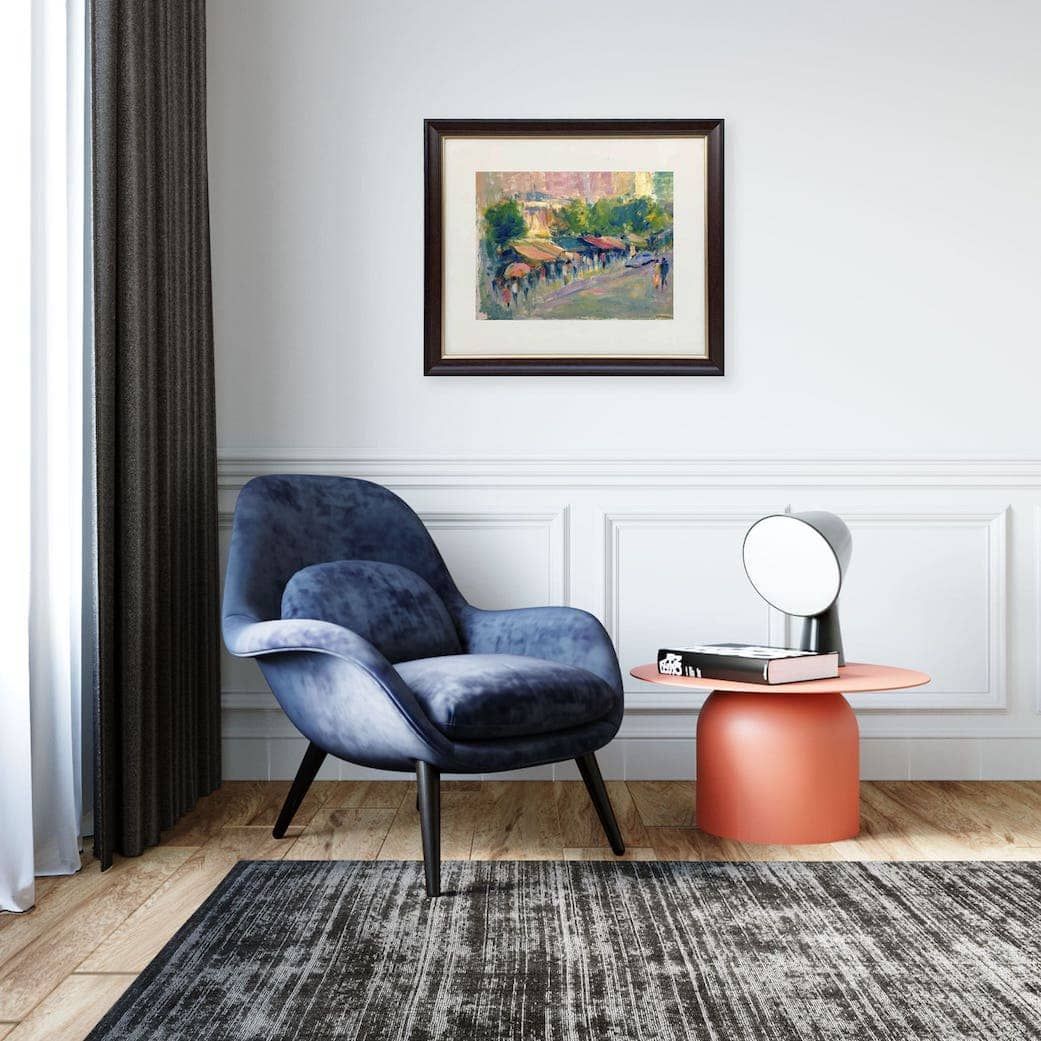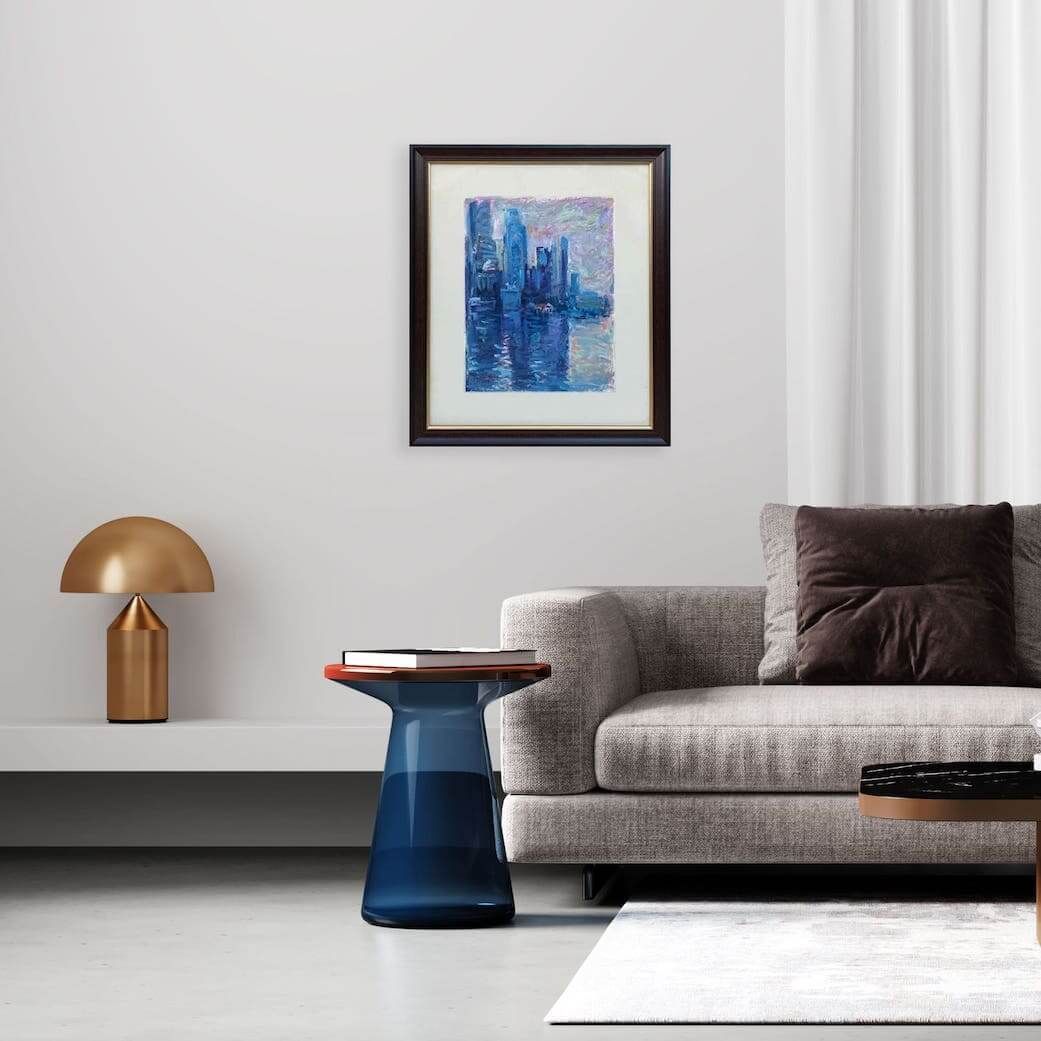What Should I Look Out for When Buying Art from the Secondary Art Market
What Should I Look Out for When Buying Art from the Secondary Art Market?
Buying art from the secondary market can be incredibly rewarding, but it also requires doing your homework and asking the right questions to ensure you make a wise investment and find a piece you truly love.
Authenticity & Provenance
One of the most critical aspects of buying art is understanding its provenance.
Provenance is the documented ownership history of the piece, including previous owners, exhibitions, or any sales records.
Look for signatures, certificates of authenticity, or any other documentation that confirms the piece is genuine.
If you are uncertain, consider hiring an independent art appraiser or consultant to verify the artwork’s authenticity.
A solid provenance (a clear, documented chain of ownership from the artist) significantly increases both the value and the authenticity of an artwork.
- Certificates of Authenticity (COA): Ideally from the artist themselves, their estate, or a recognised expert.
- Exhibition Histories: Has the artwork been exhibited in reputable institutions or galleries?
- Publications: Has it been featured in any books, catalogues raisonnés, or academic publications?
- Previous Sales Records: Documented sales through reputable auction houses or galleries.
If you are buying from a reputable dealer or platform, they should be transparent and willing to share this with you.
Be wary of sellers who are vague about where the artwork came from or cannot provide proper documentation.
Reputation of the Seller
Whether you are buying from an auction house, gallery, or online platform, ensure they have a solid reputation for integrity and expertise.
Read reviews, check their history, and do not hesitate to ask for references. Do your research:
- Look for reviews or feedback from other buyers
- Ask how long they have been in business
- Check if they are part of any art dealer associations or networks
- Google their name along with words like “scam” or “complaint”
Buying through a trusted source adds an extra layer of protection and peace of mind.
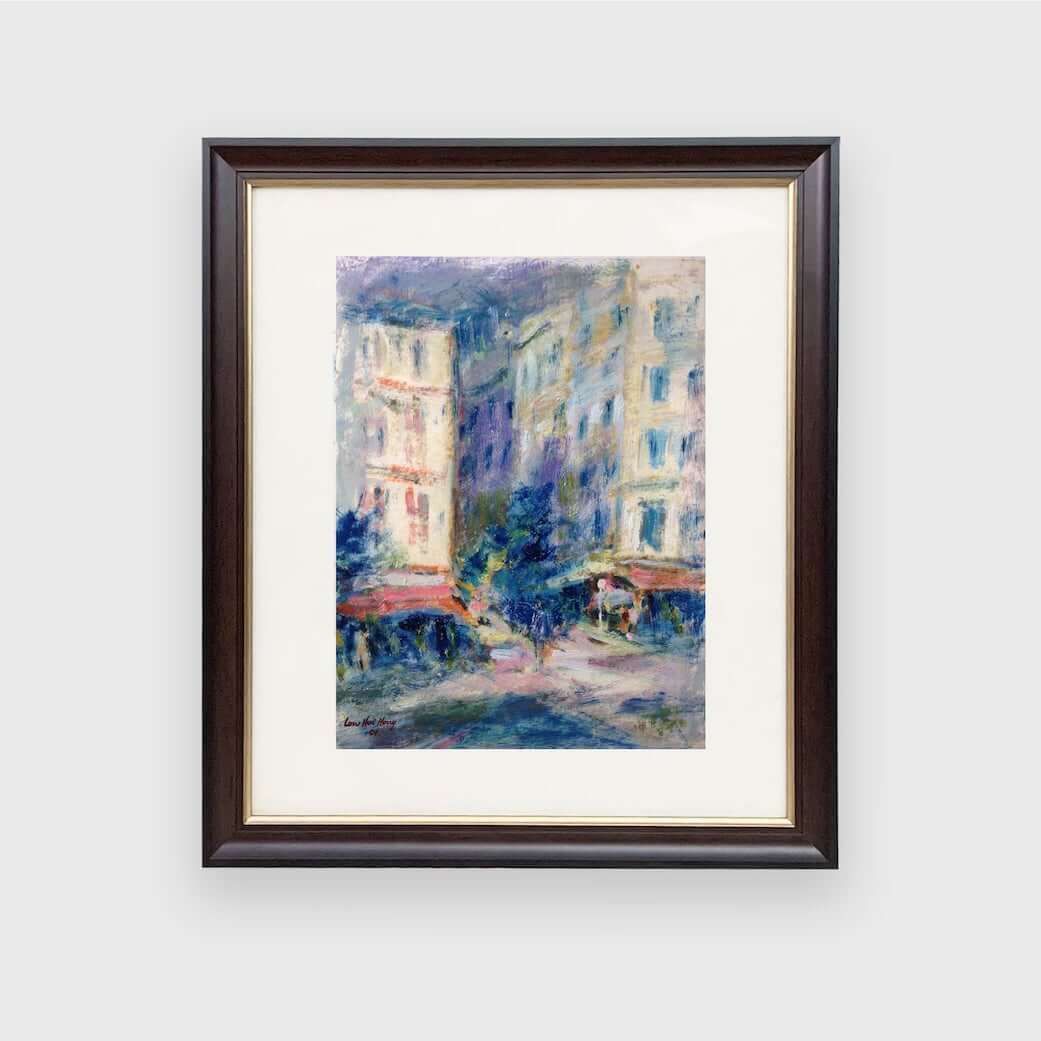
Artist’s Reputation & Market Value
Research the artist behind the work. Understanding their background, style, and market reputation can help you gauge the potential future value of the piece.
Emerging artists may offer great investment potential, while established artists may provide more stability. Is their market stable or growing?
Remember, just because a piece was once sold at a high price does not mean it holds the same value today. Stay informed about current market trends.
Art values can fluctuate based on various factors, including economic conditions, cultural shifts, and the popularity of specific styles or movements.
Following art market reports and attending exhibitions can help you stay updated.
Look at recent auction results, artist resale values, and gallery listings for similar works by the artist to get a sense of fair market value and the artist’s market demand.
Websites like Artnet, Artprice, and MutualArt offer databases of auction results (though often require a subscription).
Beware of overpaying just because something is “rare” and do not hesitate to negotiate if you feel the price is too high.
Resale Potential
Even if you are buying for love and not investment, it does not hurt to consider resale potential—especially if you are spending a significant sum. Questions to ask:
- Has the artist exhibited at major institutions or biennales?
- Is the artist still active or gaining recognition?
- Is the artist’s market growing?
- How liquid is the market for this artist?
- Does the work have a track record of appreciating in value?
- Are similar works frequently resold?
Note: Not all art appreciates in value, but some collectors like to balance passion with financial prudence.
Condition of the Artwork
Unlike new art, secondary market pieces might have some wear and tear. Get a detailed condition report.
Do not be afraid to ask for high-resolution images or, even better, view the work in person.
Understand any restorations or damages, as these can affect value. Look out for:
- Tears, cracks, fading, or discolouration
- Restoration work (which should be disclosed)
- Mold or moisture damage (especially in works on paper or canvas)
If possible, consult with a professional conservator for a thorough condition assessment and ask if the artwork has been stored professionally or exhibited, as this can affect its condition and long-term value.
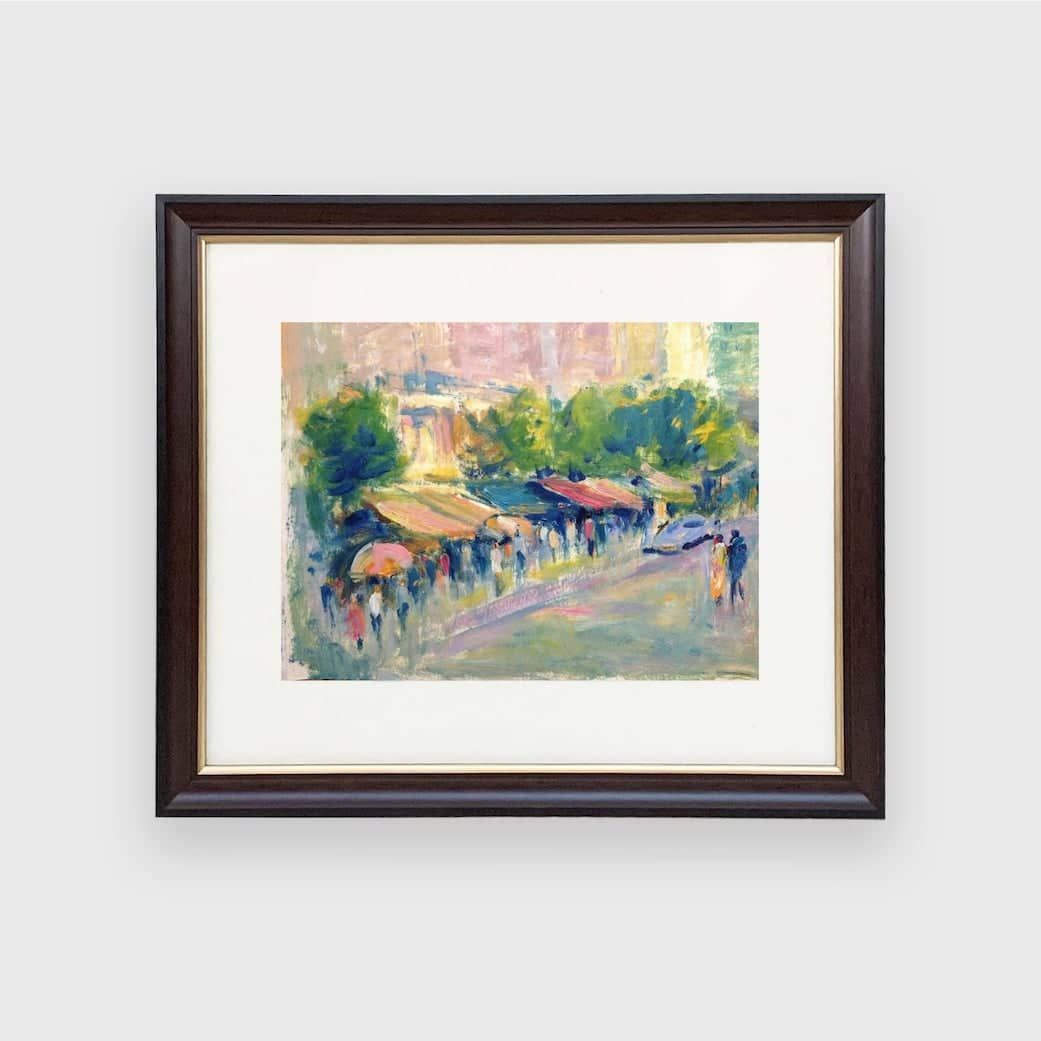
Framing & Presentation
While not directly tied to the artwork's intrinsic value, good framing can enhance a piece, and poor framing can sometimes even damage it.
Consider if the framing is appropriate for the artwork and if it is in good condition.
Terms & Conditions
Always read the fine print. Understand the seller’s return policy before finalising your purchase.
A reputable seller should have a clear return policy that allows you to return the artwork if it does not meet your expectations or if there are issues with authenticity.
Take note of the shipping arrangements, payment terms, and any guarantees offered by the seller.
Personal Connection & Budget
At the end of the day, art should resonate with you. While investment potential is a factor for some, the joy of living with a piece you love is invaluable.
Set a realistic budget and stick to it. Remember to factor in buyer's premiums (at auctions), shipping, insurance, and potential conservation costs.
